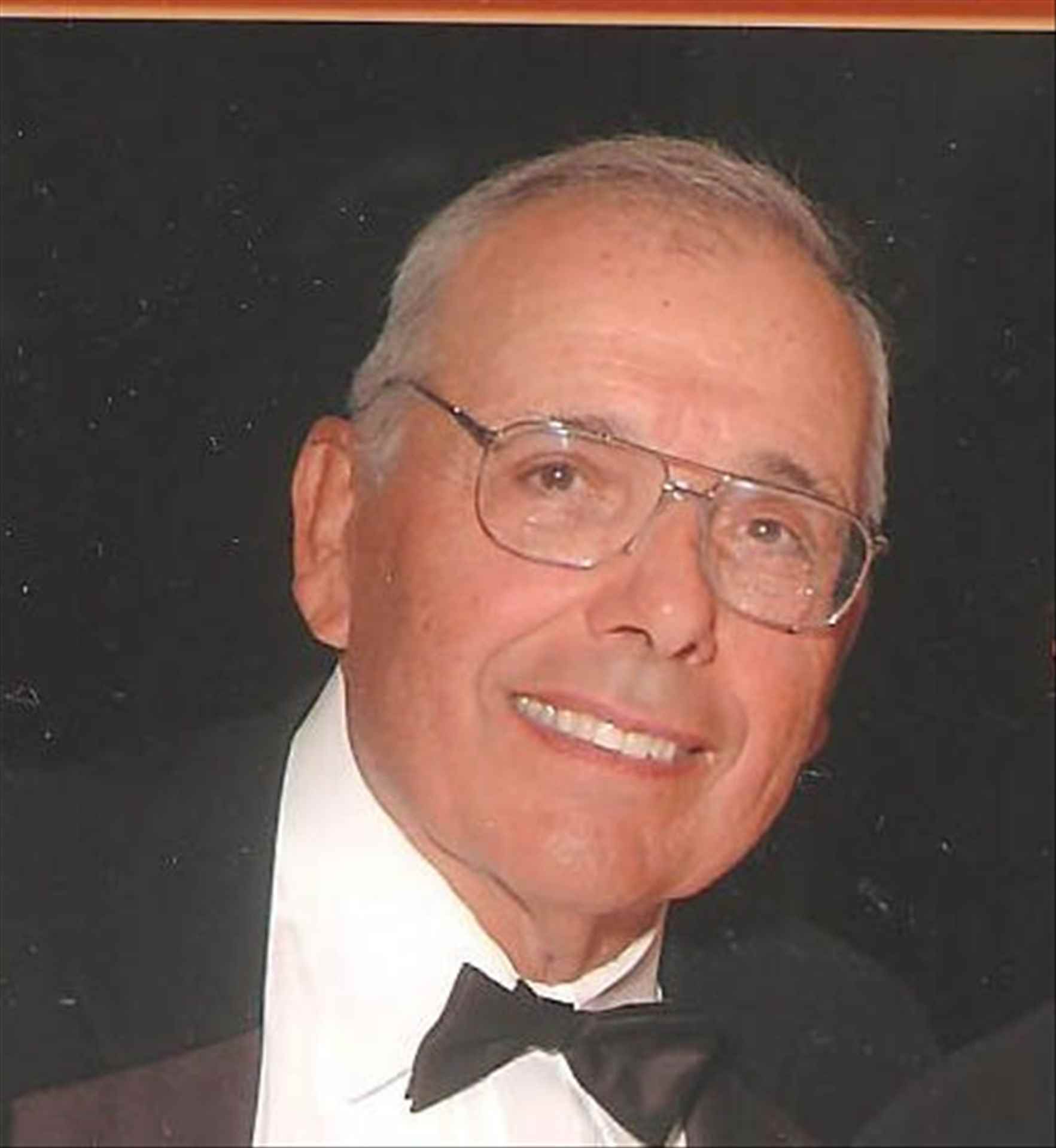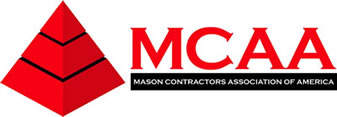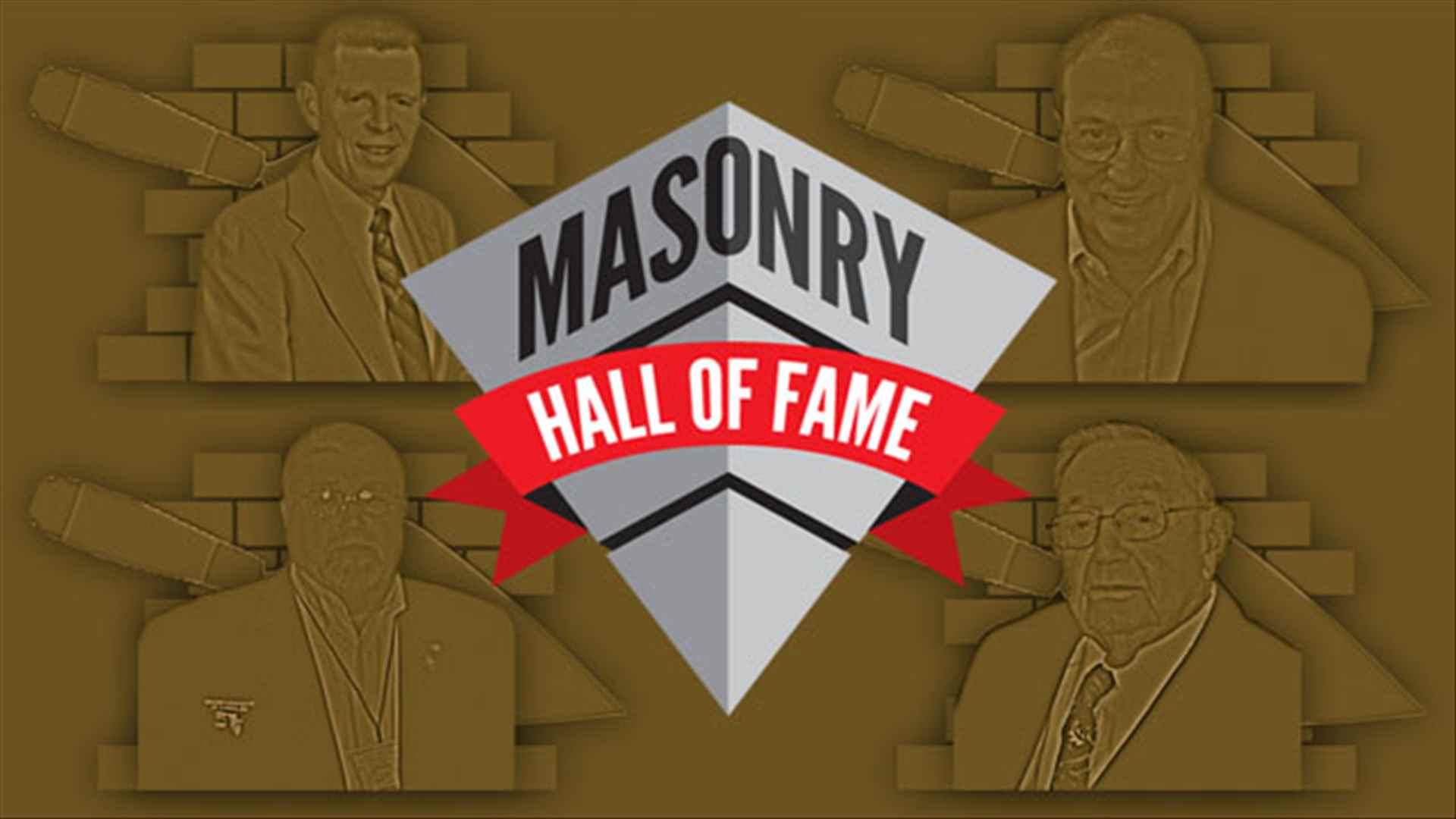
Mario Catani
Mario Catani’s career can be described as masonry, masonry and masonry; that’s masonry design, masonry codes and masonry products. For example, because of him, thousands of engineers, architects and contractors called joint reinforcement “Dur-O-Wal” for decades.
That illustrates his influence on the masonry industry, but I submit that there was much more that many industry people don’t know. In the 1960s, there were no national masonry standards. NCMA published its first Concrete Masonry Design Manual in 1969. The manual was essentially a guide to designing unreinforced masonry. Mario’s career started out as an engineer and in 1968, he was one of the first two consulting engineers in New Jersey to design a multi-story apartment building using the engineered concrete masonry design manual even before it was published. He was a masonry guy from the beginning! That design put him at the forefront of masonry standards and affected his entire career. His design experience took him to the Portland Cement Association (PCA) in 1969 to promote load bearing masonry and to advise engineers on the use of the NCMA Design Manual. Engineers needed guidance; few had been exposed to masonry design in college and there were no national standards. The NCMA Design Manual was a great start, but it was not code. Having Mario, a knowledgeable design engineer, as a technical advisor was crucial to developing numerous projects.
Then in 1971, Mario joined Akron Brick and Block Company in Ohio as its Vice President. Here his advocacy for masonry design increased and his talents turned to actually developing masonry standards. At that time, the American Concrete Institute was the only organization contemplating developing a consensus standard for engineered concrete masonry and Mario was there to join ACI 531. In 1974, he returned to PCA to lead the cement industry in building promotion with a strong emphasis on load bearing masonry design and construction; and he continued his code development with ACI. That code effort led to their first ACI document published titled ACI 531-79, Building Code Requirements for Concrete Masonry Structures. This was a major achievement, but it still was only for concrete masonry. A major career move for Mario occurred in 1981. He joined the Dur-O-Wal company and became President and CEO. During his tenure, he produced six masonry patents for anchors and joint reinforcement, pushed the industry forward, and made Dur-O-Wal the gold standard for masonry products. Dur-O-Wal was known for quality products and innovation. We didn’t know Catani, but we knew Dur-O-Wal.
Mario understood the importance of strong codes and standards to the industry and accepted the first-ever chair position for the Joint American Concrete Institute, American Society of Civil Engineers Committee 530. This was the origination of what became the Masonry Standards Joint Committee (MSJC) which was created with the addition of The Masonry Society. Under his steady leadership and common-sense approach, the joint committee produced the first consensus-based, engineered masonry design standard ACI 530-88/ASCE 5-88, Building Code Requirements for Masonry Structures. The first design standard was ground-breaking because it consolidated the masonry design for concrete masonry and clay masonry in one document using engineered masonry principles, empirical design and more.
This was a pivotal time in the development of masonry codes in the US because earthquake standards were forcing the industry to move to reinforced masonry. Therefore for the first time, the standard included engineering provisions for both unreinforced and reinforced masonry in one standard along with seismic provisions. It became accepted as the masonry standard in building codes and evolved into the standard we know today as TMS 402, Building Code Requirements for Masonry Structures and Mario was our leader. Simultaneously, Mario was tasked as Chair to develop ACI 530.1-88/ASCE 6-88, Specifications for Masonry Structures. I remember many times when he would question a proposed change with statements such as “is this practical, can it be built, should we do this?” Mario was always thinking of the contractor and constructability and challenged the committee to keep it real. This was consistent with his approach to running Dur-O-Wal, where he innovated numerous products to meet the code requirements and make construction practical. The first Specifications was the first to bring together grouting, hot weather and cold weather practices, and more into one document. The specification document has lived on and is now TMS 602, Specifications for Masonry Structures.
In addition to being MSJC committee chair, he used the resources of Dur-O-Wal to work with the committee to present countless seminars throughout the US to train engineers on the application of the new standards. It wasn’t enough to create standards, they had to be explained to designers and contractors. He also published numerous articles throughout his career. Mario’s leadership was so valued by the masonry industry that he subsequently was asked by the Mason Contractors of America (MCAA), National Concrete Masonry Association (NCMA), BIA and OSHA to chair the development of the industry’s standard for bracing masonry walls. This was a crucial issue for the masonry industry because OSHA threatened to create its own standard without masonry input if the masonry industry could not come together on a practical approach to masonry bracing that made life safety the key ingredient. In the end, OSHA approved the committee’s work. That document has been updated a few times and is published by MCAA. So today, every set of project specifications that references the Standard Practice for Bracing Masonry Walls Under Construction is thanks to Mario’s initial leadership.
So for all those that worked with Mario over the years, we experienced his common-sense approach to leadership, masonry code development, education of designers, improved materials and methods for mason contractors, and product development. While he retired to Tennessee in 1999, he left a legacy of masonry successes.
Career started as an engineer. Led effort to publish ACI 531-79, Building Code Requirements for Concrete Masonry Structures. Produced six masonry patents for anchors and joint reinforcement during tenure at Dur-O-Wal. Led effort to produce first consensus-based, engineered masonry design standard ACI 530-88/ASCE 5-88, Building Code Requirements for Masonry Structures. Leader in evolving the masonry standard in building codes into TMS 402, Building Code Requirements for Masonry Structures. Tasked as Chair to develop ACI 530.1-88/ASCE 6-88, Specifications for Masonry Structures. Served as MSJC committee chair; chair for the Joint American Concrete Institute, ASCE Committee 530; and chair in development of the wall bracing standard. Retired in 1999.
Roles

Mario Catani inc
Employee
Mario Catani’s career can be described as masonry, masonry and masonry; that’s masonry design, masonry codes and masonry products. For example, because of him, thousands of engineers, architects and contractors ca...

MCAA Masonry Hall of Fame Alumni
Hall of Fame
- 2018
Masonry Hall of Fame
The Masonry Hall of Fame was created by the Mason Contractors Association of America to recognize and award individuals who have dedicated their lives to the masonry industry.
Do you know someone who has ...